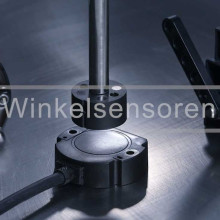Current sensors measure currents. Discover the latest developments in the field in this article Current Sensor, including advanced Hall sensors. We introduce you to market innovations and show their possible applications. Find out how modern current sensors from various companies improve accuracy and efficiency in various industries Automotive and Manufacturing increase.
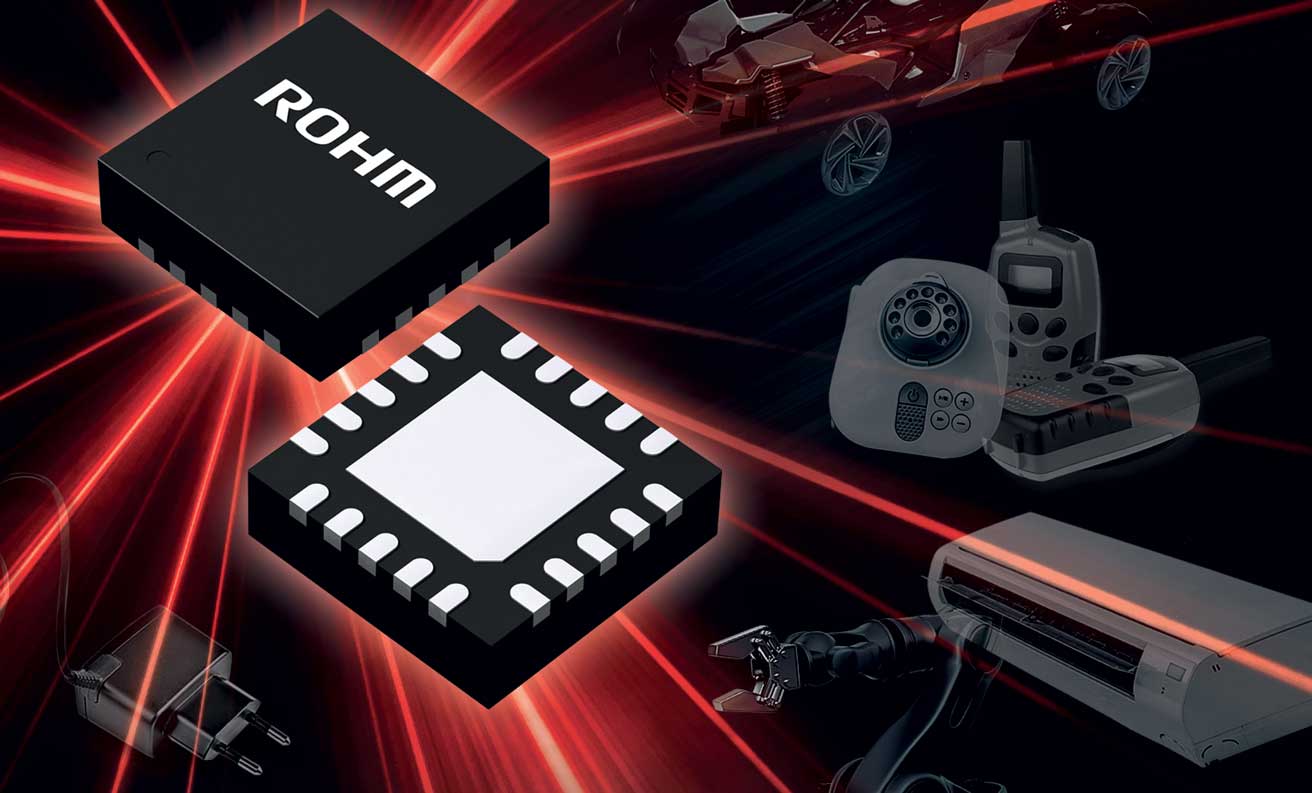
Contents
- Linear Hall sensor for alternating and direct currents
- Current sensors and embedded motor controllers
- Tiny non-contact current sensor for industry
- FAQ
Linear Hall sensor for alternating and direct currents
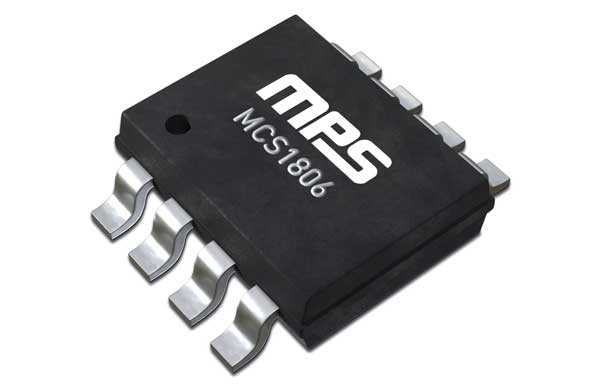 01.09.2022 | Endrich components introduces you to the MCS1806 from MPS. The advanced linear Hall effect current sensor is characterized by its high accuracy in measuring AC and DC current. Its innovative design uses a low resistance primary conductor that creates a magnetic field that is sensed by Hall effect transducers.
01.09.2022 | Endrich components introduces you to the MCS1806 from MPS. The advanced linear Hall effect current sensor is characterized by its high accuracy in measuring AC and DC current. Its innovative design uses a low resistance primary conductor that creates a magnetic field that is sensed by Hall effect transducers.
The Magnetic field difference is efficiently converted into a voltage signal corresponding to the measured current. Particularly noteworthy are the differential scanning of the sensor, which makes it insensitive to external magnetic fields, and the spinning current technology for a stable offset.
The MCS1806 offers an impressive overall accuracy of 2,5% in the temperature range of +25° to +125°C. Its compact SOIC-8 package is ideal for space-saving applications, and the maximum working voltage of 500 VRMS and a minimum isolation voltage of 2,6 kVRMS expand its application possibilities.
The bandwidth of the sensor is up to 100kHz adjustable, and it has an integrated shield that effectively suppresses capacitive couplings. In addition, all MPS components are lead- and halogen-free and therefore comply with RoHS guidelines, making the current sensor an environmentally friendly and reliable choice for various applications.
Current sensors and embedded motor controllers
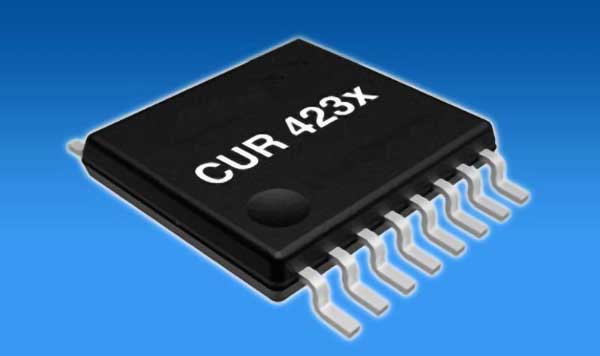 June 26.06.2019, 423 | The new current sensors “CUR XNUMXx” are the first products based on TMR technology TDK are based, are sold under the Micronas brand and bear the “Cursens” logo. The sensors were developed for current measurements in automotive and industrial applications.
June 26.06.2019, 423 | The new current sensors “CUR XNUMXx” are the first products based on TMR technology TDK are based, are sold under the Micronas brand and bear the “Cursens” logo. The sensors were developed for current measurements in automotive and industrial applications.
The CUR 423x allows contactless, galvanically isolated current measurements based on closed-loop TMR technology. It was developed according to ISO26262, offers functional safety the level "ASIL-B ready" and is AEC-Q100 qualified.
A very good signal-to-noise ratio and a Total error less than 1% (full scale) over the operating temperature allow precise current measurements and compact module integration because no toroidal core is required. In addition, Micronas' broad portfolio of sensor solutions based on the so-called Hall effect will be presented. Micronas embedded motor controllers for automotive and industrial applications will also be presented.
Tiny non-contact current sensor for industry
07.01.2019 | Raw announces the BM14270MUV-LB (pictured above), one of the smallest non-contact current sensors in the industry. The new component consumes minimal power and is very compact at 3,5 x 3,5 x 1,0 mm. This makes it suitable for industrial systems and consumer devices that record operating conditions via power flow, such as battery-powered drones, solar systems and servers in data centers.
The current sensor has a highly sensitive Low current MI element, which enables completely non-contact current measurement. Its development combined the manufacturer's industry-leading semiconductor production and sensor control technologies with Aichi Steel's MI (Magneto-Impedance) element. The result is a non-contact current sensor in which no current has to be introduced inside the sensor for measurement.
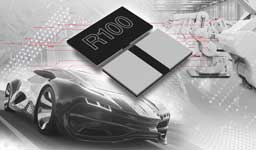 Low-ohmic shunt resistors for miniaturized high performance
Low-ohmic shunt resistors for miniaturized high performance
The sensor itself takes only 0,07 mA and therefore uses 100x less power than conventional products and is the smallest size in the industry. In addition, interference field suppression is included to protect against noise, which makes shielding unnecessary. The digital output via the built-in A/D converter reduces the load on the MCU and makes current monitoring easier.
FAQ
What does a current sensor do?
A current sensor measures the flow of electrical current in a conductor or circuit and converts this information into a usable signal that can be used for display, measurement or control. It detects the current intensity, i.e. the amount of electrical charge that flows through a point per unit of time, and can be designed for direct current (DC) or alternating current (AC). Current sensors are used in a variety of applications, from monitoring electrical systems in industry to energy management in buildings and vehicles.
Is a Hall sender a sensor?
Ja, a Hall sender is a sensor. It is based on the Hall effect, a physical phenomenon in which a voltage is generated when an electrical conductor through which a current flows is exposed to a magnetic field. Hall sensors are used to detect magnetic fields and can be used to determine position, speed or current in various applications. They are widely used in many industrial, automotive and electronic applications.
Source: This article is based on information from the following companies: Endrich Bauelemente, Rohm, TDK.
You might also be interested in...
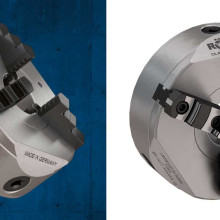
Chuck | for efficient metal processing
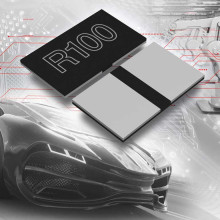
Low-ohmic shunt resistors for miniaturized high performance
